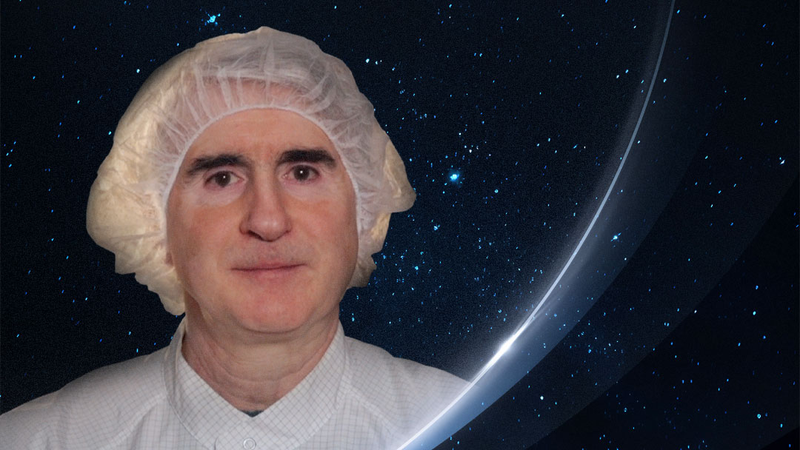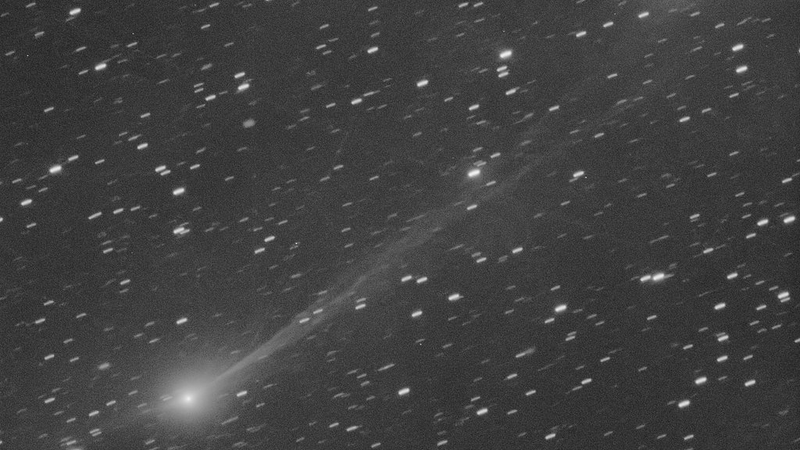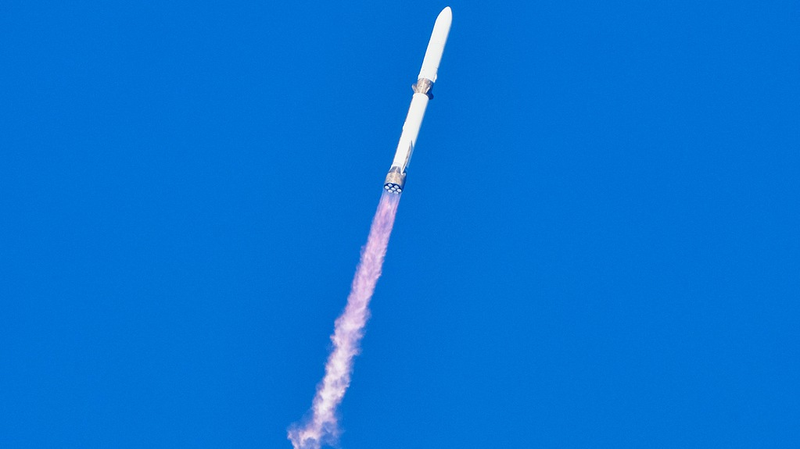Galvanized by the challenges of exploring our celestial neighbor, astrophysicists and engineers around the world are forging dynamic partnerships that unlock the moon’s secrets. From national research institutes to community-led observatories, data sharing is ushering in a new era of discovery.
Youthful tech hubs and startups are also joining the race. Across Europe, Asia and the Americas, teams are building AI-driven tools to sift through terabytes of lunar imagery and sensor readings. These platforms blur the line between academic research and space-tech entrepreneurship, laying the foundation for the future space economy.
Simone Dell’Agnello, executive technologist at Italy’s National Institute for Nuclear Physics, underscores this collaborative spirit: "Given the high costs and technical challenges of moon missions, cooperation is important to lunar science." By pooling resources such as telescopes, orbiters and supercomputers, scientists accelerate breakthroughs and reduce duplicate efforts.
Early findings are already reshaping our understanding of the lunar surface. Joint analyses have pinpointed potential water-ice pockets in permanently shadowed craters and mapped ancient lava channels that hint at the moon’s volcanic past. Open-access data portals invite both experts and citizen scientists to dive into high-resolution maps and spectral readings.
As attention turns toward sustained lunar bases and even Mars missions, these global partnerships will be pivotal. By sharing risks, costs and insights, the next generation of researchers—and digital nomads turned space-enthusiasts—can help chart humanity’s path beyond Earth.
Reference(s):
cgtn.com




